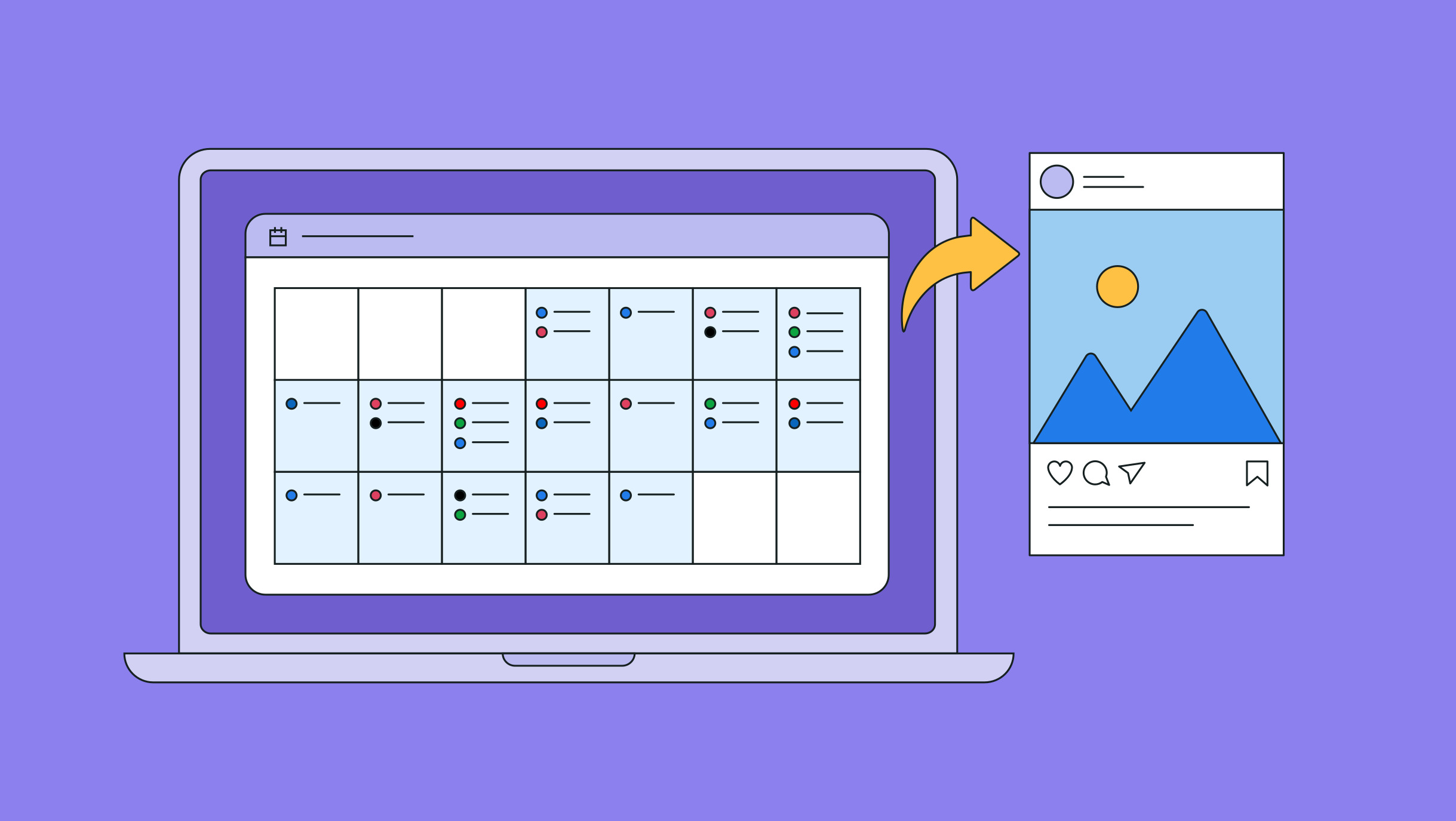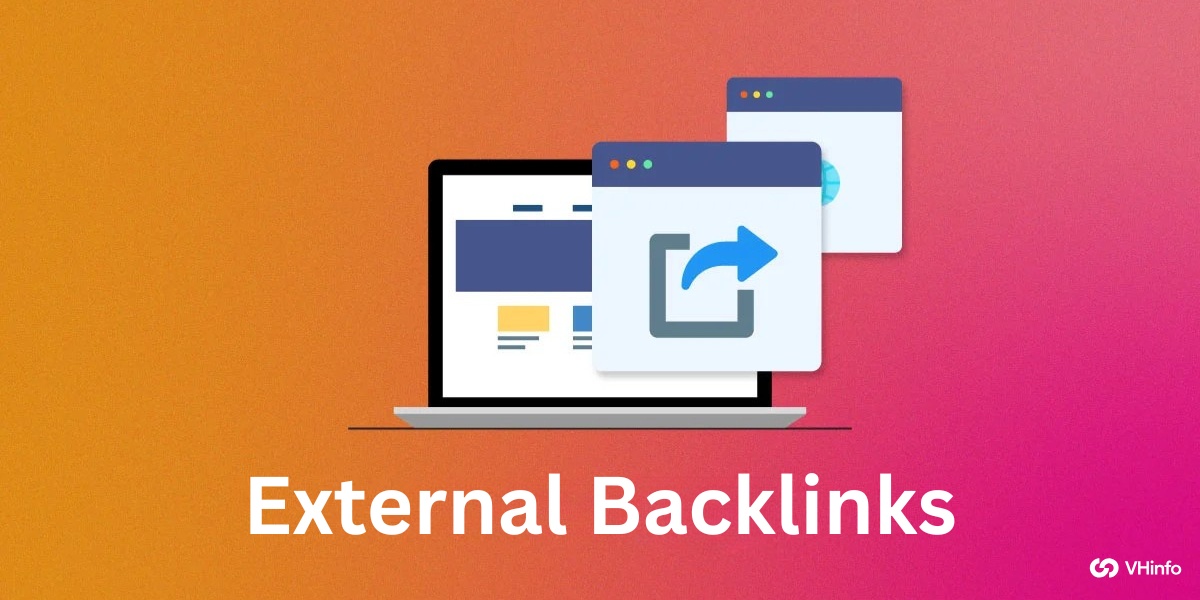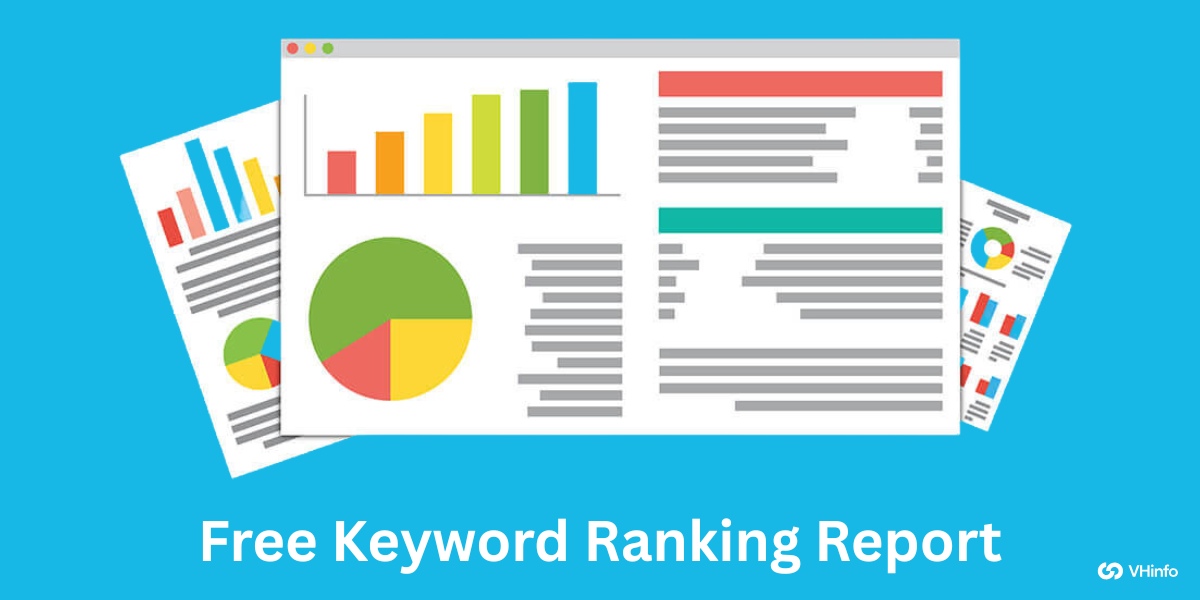As a SaaS company, consistently publishing relevant, high-quality content is essential for attracting and engaging your target audience. A well-planned content calendar is the key to staying organized, aligned with your marketing goals, and delivering value to your audience.
In this comprehensive guide, we’ll walk you through the process of creating an effective SaaS content calendar step-by-step.
What is a Content Calendar?

A content calendar is a centralized schedule that helps you plan, organize, and manage your publishing and content creation process across various social channels, such as your website, blog, social profiles, and email newsletters. It provides a bird’s-eye calendar view of your upcoming content, ensuring a consistent and cohesive content strategy for your upcoming posts. A content calendar is an important component of any successful SaaS Marketing Plan.
Benefits of Using a Content Calendar

Implementing a social media content calendar offers numerous advantages for your SaaS business:
- Ensures consistent posting frequency and maintains a steady flow of content
- Align your content with marketing goals, product launches, and important dates
- Helps you create a balanced content mix that caters to your target audience
- Streamlines collaboration among your marketing team and stakeholders
- Allows you to plan, batch content creation, and avoid last-minute scrambles
Tracking the performance of your content calendar initiatives is essential for optimizing your strategy. Make sure to monitor the relevant SaaS Marketing Metrics and Saas Marketing KPIs to gauge your success.
3 Content Calendar Types
There are three main types of social media calendars you can use depending on your needs and preferences:
- Content Calendar Software: Content calendar software offers robust features like task assignments, workflows, and analytics. Examples include CoSchedule, Asana, and Trello.
- Content Calendar Kanban Boards: Kanban-style content calendars provide a visual overview of your content pipeline, with columns for different stages like ideation, creation, review, and publishing.
- Content Calendar Spreadsheets: Spreadsheet-based content calendars, such as Google Sheets or Excel templates, are simple yet effective tools for planning and tracking your content.
How to Create a Content Calendar?

Follow these steps to build a content calendar that works for your SaaS company:
Step 1: Define Your Goals
Start by clearly defining your content marketing goals. Do you want to increase brand awareness, generate leads, or drive conversions? Align your goals with your overall SaaS marketing strategy.
Step 2: Choose a Calendar Template or Tool
Select a content calendar format that suits your needs, whether it’s a spreadsheet template, online calendar tool, or dedicated content calendar software.
- Spreadsheet Templates: Spreadsheet templates are cost-effective and customizable. You can create your own or use pre-made templates from HubSpot or Hootsuite.
- Online Calendar Tools: Online tools like Google Calendar or Trello offer easy sharing and collaboration features for your content calendar.
Step 3: Identify Your Content Channels
List all the channels where you plan to publish content, such as your blog, social media profiles, email newsletters, or guest posts on other websites. If you already have some social content presence, make sure to do a social media audit to find out best performing pieces of content that you can reuse for the future. This will ensure your social media campaigns remain effective and your social calendar stays full for all your social media platforms.
Leveraging SaaS Email Marketing can be a powerful way to distribute your content and engage your audience at different stages of the SaaS Marketing Funnel.
Step 4: Brainstorm Content Ideas
Generate a list of content ideas that align with your marketing goals and target audience’s interests. Consider various types of content and formats.
- Type of Content to Include: Diversify your content mix with blogs, social posts, social media updates, video content, infographics, case studies, and more.
- Aligning Content With Business Goals: Ensure your content ideas support your business objectives, whether it’s promoting a new feature or addressing common customer pain points.
Step 5: Social Media Posting Schedule for Content
Planning when to post on social media and on which social media channels to post is important for improving marketing efforts but often forgotten.
Assign publish dates for each piece of content, considering factors like posting frequency, upcoming events, and marketing campaigns.
- Determining Publishing Frequency: Decide on a realistic posting cadence for each channel based on your social media team’s capacity and audience preferences.
- Assigning Roles and Responsibilities: Clearly define who is responsible for creating, reviewing, and publishing each piece of content to ensure a smooth workflow.
Common Content Calendar Mistakes to Avoid
Steer clear of these pitfalls when creating and managing your content calendar:
- Failing to align content with marketing goals and target audience needs
- Not leaving enough time for content creation, review, and approval processes
- Neglecting to regularly update and adjust your calendar based on performance data
- Overcommitting to an unrealistic posting frequency that leads to burnout or quality issues
How Do I Come Up With New Content Ideas?

Generating fresh content ideas is an ongoing challenge. Try these tactics:
- Conduct keyword research to uncover topics your audience is searching for
- Monitor industry trends, news, and events for timely content opportunities
- Analyze your competitors’ content to identify gaps you can fill
- Engage with your audience on social media and online communities to gather insights
- Repurpose and update your existing top-performing content for new formats or channels
Staying on top of industry trends is important for generating relevant content ideas. Consider attending SaaS Conferences and tuning into SaaS Podcasts to stay informed and inspired.
What to Include in a Content Calendar?
A comprehensive content calendar should include:
- Determine What Timelines to Include: Specify the publish date, creation deadlines, and promotion schedule for each piece of content.
- Determine Who is Involved: Assign roles and responsibilities for content creation, review, and distribution to relevant team members or stakeholders.
The Best Content Calendar Tools (+ Templates)

Streamline your content planning with these top tools and templates:
- Google Sheets: Google Sheets is a versatile and collaborative platform for creating spreadsheet-based content calendars.
- WordPress Editorial Calendar: The WordPress Editorial Calendar plugin provides a visual content calendar right within your WordPress dashboard.
- Trello: Trello’s Kanban-style boards are perfect for managing your content pipeline and collaborating with your team.
- Notion: Notion offers customizable templates and databases for building a centralized content calendar and knowledge base.
- Asana: Asana’s project management features make it a robust choice for planning and tracking your content calendar.
- Unibee: UniBee offers features for payment automation, revenue analytics, subscription and customer management.
- Kanban Zone: Kanban Zone is a visual management platform that empowers teams to enhance workflow efficiency, improve collaboration, and track project progress through customizable Kanban boards.
The Strategy Behind Your Content Calendar
An effective content calendar is built on a solid foundation of audience research and strategic planning:
- Understand Your Target Audience: Conduct thorough audience research to identify your ideal customer’s needs, preferences, and pain points. Use this insight to shape your content strategy.
- Perform a Content Audit: Analyze your existing content to identify top performers, gaps, and opportunities for improvement. Use this data to inform your future content planning.
- Set Goals and Define Your Strategy: Establish clear, measurable goals for your content and social media marketing efforts. Define your content strategy, including your brand voice, content themes, and distribution channels.
Best Practices For Managing a Content Calendar

Keep your content calendar running smoothly with these best practices:
- Keeping the Calendar Updated: Regularly review and update your content calendar to reflect changes in priorities, deadlines, or resources.
- Collaborating With Your Team: Foster open communication and collaboration among your content team. Use tools like Slack or Asana to keep everyone aligned and accountable.
- Monitoring Content Performance: Track key metrics like traffic, engagement, and conversions to assess your content’s performance. Use this data to optimize your content strategy and calendar over time.
Including SaaS Marketing Automation can help streamline your content creation and distribution processes, allowing you to scale your efforts more efficiently.
3 Content Calendar Examples From Leading Brands
Take inspiration from these brands’ successful content calendars:
- Red Bull: Red Bull’s content calendar focuses on high-energy, adventurous content that aligns with its brand identity across multiple channels.
- Reverb: Reverb, an online music gear marketplace, plans content that educates and inspires its community of musicians and music lovers.
- Disney Parks: Disney Parks’ content calendar showcases magical experiences and storytelling that resonates with their audience of families and Disney fans.
FAQ’s:
How Do I Make A Content Calendar For Beginners?
Start with a simple spreadsheet template and focus on planning a month’s worth of content for one or two key channels. Gradually expand your calendar as you get more comfortable with the process.
What is the Best Way to Start a Content Calendar?
The best way to start is by defining your content marketing goals, understanding your target audience, and auditing your existing content. Use these insights to brainstorm content ideas and choose a calendar format that works for your team.
How Far in Advance Should I Plan My Content Calendar?
It’s ideal to plan your content calendar at least a month in advance, but some teams prefer to plan a quarter or even a year ahead. Find a planning horizon that allows for flexibility while still keeping you organized and proactive.
How Often Should I Update My Content Calendar?
Review and update your content calendar weekly or bi-weekly to stay on track and adapt to any changes in priorities or resources.
Can I Use a Content Calendar For Multiple Platforms?
Yes, a content calendar can (and should) include content planning for multiple platforms and channels. Use separate tabs or sections to organize content by platform.
How Long Does It Take To Make A Content Calendar?
The time required to create a content calendar varies depending on the complexity of your content strategy and the size of your team. Dedicate a few hours to initially set up your calendar template and brainstorm content ideas. Schedule regular time blocks for ongoing content planning and updates.
Who Should Be Responsible For Maintaining the Content Calendar?
Typically, a content manager or content strategist is responsible for overseeing and maintaining the content calendar. However, it’s important to involve key stakeholders from marketing, sales, product, and leadership in the social media planning process.
Can I Use the Same Content Calendar For All My Marketing Channels?
While you can use a single content calendar to plan content across multiple channels, it’s often helpful to create separate tabs or sections for each channel to account for different formats, audiences, and publishing cadences.
What Metrics Should I Track in My Content Calendar?
In addition to tracking publish dates and content types, consider monitoring performance metrics like traffic, engagement, leads generated, and conversions. Use these insights to optimize your content, social media strategy and calendar over time.
How Do I Measure the Success of My Content Calendar?
Measure the success of your content calendar by tracking progress towards your defined content marketing goals. Key performance indicators (KPIs) might include organic traffic growth, social media engagement, lead generation, or sales attribution. Regularly review these metrics and make data-driven adjustments to your calendar.
Conclusion
Creating a comprehensive content calendar is essential for executing a successful SaaS content marketing strategy.
By following the steps and best practices outlined in this guide, you’ll be well-equipped to plan, organize, and optimize your social media efforts.
Remember, a content calendar is a living document that should evolve alongside your business goals and audience needs. Stay flexible, monitor your performance, and continually refine your approach to maximize the impact of your content marketing investments.


